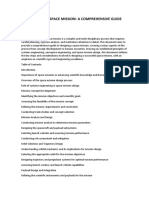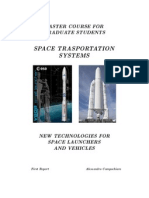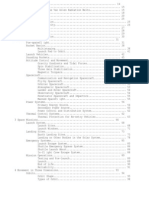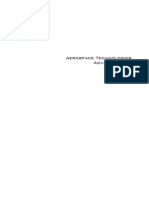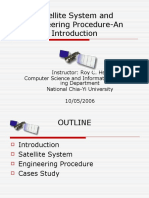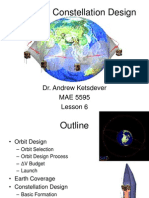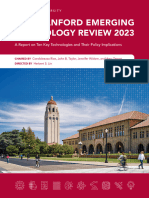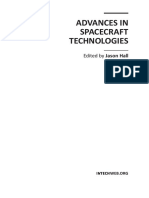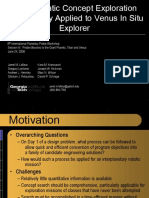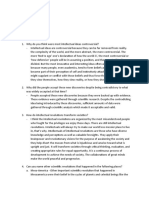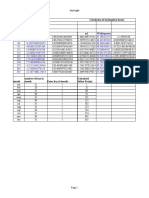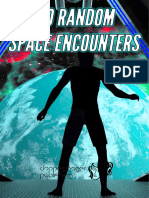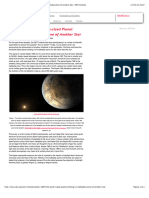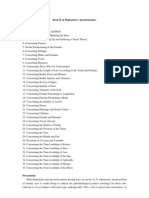0% found this document useful (0 votes)
35 views5 pagesAT009
The document is an extensive guide on Space Mission Engineering, edited by James R. Wertz, David F. Everett, and Jeffery J. Puschell, covering various aspects of space mission design and execution. It includes detailed sections on mission analysis, spacecraft design, launch operations, and risk management, among others. The content is structured into parts that address both theoretical and practical considerations in space missions.
Uploaded by
Ritwik SharmaCopyright
© © All Rights Reserved
We take content rights seriously. If you suspect this is your content, claim it here.
Available Formats
Download as PDF, TXT or read online on Scribd
0% found this document useful (0 votes)
35 views5 pagesAT009
The document is an extensive guide on Space Mission Engineering, edited by James R. Wertz, David F. Everett, and Jeffery J. Puschell, covering various aspects of space mission design and execution. It includes detailed sections on mission analysis, spacecraft design, launch operations, and risk management, among others. The content is structured into parts that address both theoretical and practical considerations in space missions.
Uploaded by
Ritwik SharmaCopyright
© © All Rights Reserved
We take content rights seriously. If you suspect this is your content, claim it here.
Available Formats
Download as PDF, TXT or read online on Scribd
/ 5






